Tinwa Bamboo Tree
- October 30, 2024
- 0 comment
The Tinwa Bamboo Tree, scientifically known as Schizostachyum pergracile, is a fascinating species of bamboo celebrated for its ecological importance and adaptability. This plant, commonly found in various parts of Southeast Asia, plays a significant role in stabilizing soil and enhancing biodiversity by providing habitats and resources for a range of local wildlife.
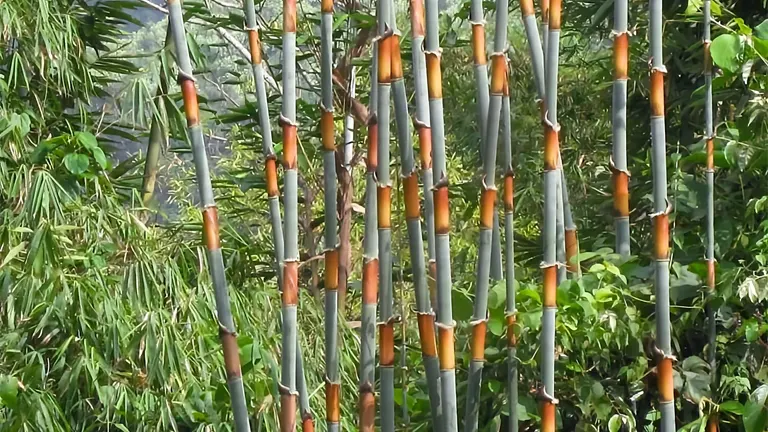
Known for its rapid growth and resilience, the Tinwa Bamboo Tree contributes to sustainable ecosystems and is often utilized in traditional practices due to its versatile and durable bamboo stalks.
What Is a Tinwa Bamboo Tree?
The Tinwa Bamboo Tree (Schizostachyum pergracile) belongs to the family Poaceae, the grass family, which includes a diverse range of bamboo species known for their tall, woody stems and lush foliage. Like other bamboos, the Tinwa Bamboo Tree has distinctive hollow culms (stems) and thin, elongated leaves. It’s well-adapted to the tropical and subtropical climates where it naturally grows, reaching heights of 8–12 meters (26–39 feet) when mature.
An interesting fact about the Tinwa Bamboo Tree is its significant role in enriching soil health. Its roots help prevent erosion and improve soil structure, making it an essential plant for land rehabilitation projects. The lifespan of this bamboo tree varies depending on the environment, but it generally thrives for 10–15 years, after which it regenerates through new shoots, ensuring a continuous cycle of growth.
3 Different Types of Tinwa Bamboo Tree Species
Several species within the Schizostachyum genus share similarities with the Tinwa Bamboo Tree, although they may vary in size and adaptability. Here are a few notable ones:
Schizostachyum Lumampao
Commonly known for its durability, this species is also widely found in Southeast Asia and used for making handicrafts and construction materials.
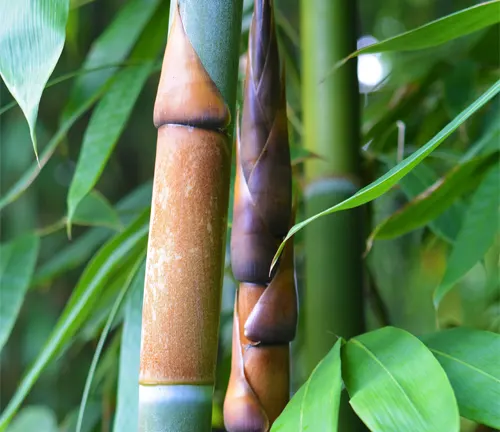
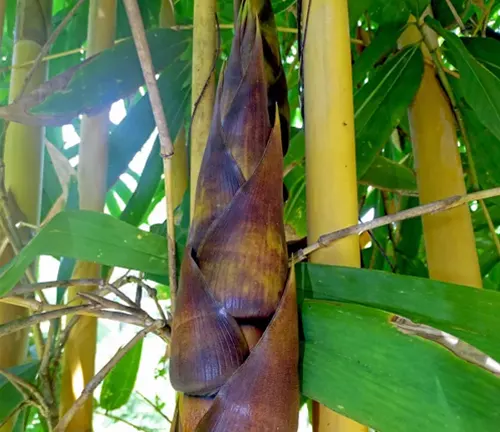
Schizostachyum Brachycladum
Known as the Sacred Bali Bamboo, this species has bright green culms and is valued for its ornamental appeal in landscaping.
Schizostachyum Lima
This species has a smaller stature but provides valuable shelter and soil stabilization benefits in its native habitats.
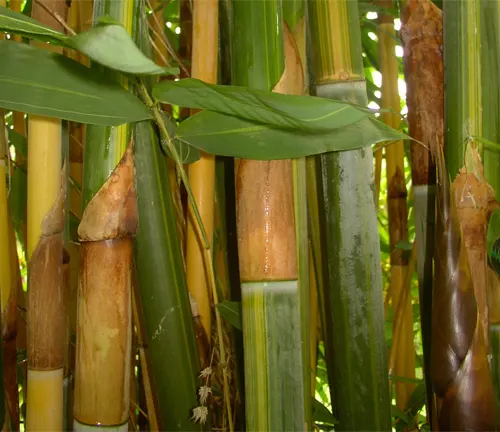
These species are essential in their ecosystems, contributing to soil stabilization, air quality improvement, and offering shelter to various organisms. Each plays a role in biodiversity and ecological balance within their regions.
Where Do Tinwa Bamboo Trees Grow?
The Tinwa Bamboo Tree naturally thrives in tropical and subtropical regions of Southeast Asia, particularly in countries like the Philippines, Thailand, and Malaysia. It often grows in rainforests, along riverbanks, and on hillsides, where it helps prevent soil erosion and maintains a robust ecosystem. This bamboo species is highly adaptable to warm, humid climates, though it can also withstand moderate drought conditions.
In its environment, the Tinwa Bamboo Tree provides crucial ecological benefits. Its dense root systems help stabilize soil, while the shade provided by its foliage helps create microhabitats for smaller plants and animals. It also offers shelter and nesting sites for birds and other wildlife, making it an integral part of local ecosystems.
How to Grow and Care for Tinwa Bamboo Tree
If you’re interested in growing Tinwa Bamboo, here are some guidelines for optimal care:
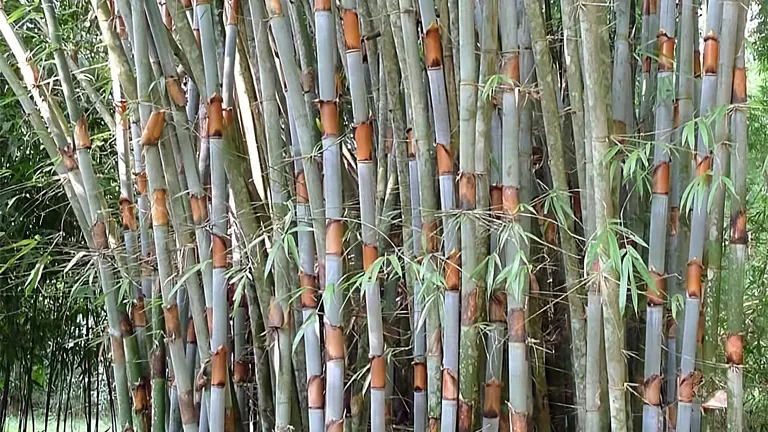
- Soil Type: Tinwa Bamboo thrives in loamy, well-draining soil with organic content. Enriching the soil with compost can improve growth.
- Watering: Regular watering is essential, especially during dry seasons. However, ensure that the soil does not remain waterlogged, as bamboo roots require well-aerated soil.
- Sunlight: This bamboo species grows best in full sunlight but can tolerate partial shade, particularly in extremely hot climates.
For propagation, Tinwa Bamboo can be grown from cuttings or division of rhizomes. To maintain healthy plants, prune dead or excess stems annually, remove any weeds around the base, and inspect for pests. With proper care, the bamboo will quickly establish itself, becoming a tall, lush part of the landscape.
Ecological Benefits of Tinwa Bamboo Tree
The Tinwa Bamboo Tree significantly benefits the ecosystem by preventing soil erosion with its deep and extensive root systems. Its presence contributes to water retention in the soil, reducing the impact of heavy rains and stabilizing sloped terrains. Additionally, bamboo forests play an essential role in carbon sequestration, helping to reduce CO₂ levels in the atmosphere.
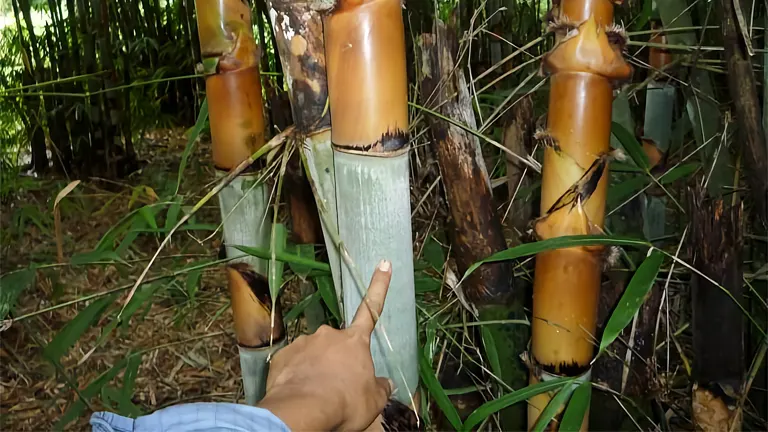
As a vital part of local biodiversity, the Tinwa Bamboo Tree supports various species of insects, birds, and mammals that rely on it for food, shelter, and nesting materials. Its rapid growth also makes it an excellent renewable resource for sustainable products.
Tinwa Bamboo Tree Flowering and Pollination
Tinwa Bamboo’s flowering cycle is unusual, as it flowers infrequently. When it does flower, the blooms are small, subtle, and greenish, often going unnoticed amid the bamboo’s dense foliage. These flowers are wind-pollinated, although they can occasionally attract small insects. The rare flowering event plays a role in the bamboo’s reproductive cycle, as it often leads to a process called “bamboo dieback” where the plant regenerates from seeds or new shoots after flowering.
Is Tinwa Bamboo Tree Drought-Tolerant?
The Tinwa Bamboo Tree demonstrates moderate drought tolerance, making it suitable for growth in regions with seasonal dry spells. Its extensive root system enables it to access deeper moisture levels, allowing the plant to survive dry periods. However, to maintain optimal growth, regular watering is still recommended. For those growing Tinwa Bamboo in drier climates, mulching around the base of the plant can help retain moisture and reduce watering needs.
Tinwa Bamboo Tree and Wildlife Interactions
The Tinwa Bamboo Tree serves as a vital habitat and food source for various wildlife species. Birds often nest in the dense foliage, while smaller mammals use the bamboo stands as protective cover from predators. In some ecosystems, bamboo-eating insects, such as bamboo weevils, thrive within bamboo clusters, and larger animals like bamboo rats may also feed on its shoots.
Additionally, the plant supports mutualistic relationships with fungi and microorganisms that promote healthy soil and nutrient exchange, further benefiting surrounding flora and fauna.
Concluding Thoughts
The Tinwa Bamboo Tree (Schizostachyum pergracile) stands out as a resilient and ecologically valuable plant in tropical and subtropical regions. Its role in soil stabilization, water retention, and carbon sequestration highlights its significance for environmental health. Besides contributing to sustainable ecosystems, this bamboo species also supports biodiversity, providing shelter, food, and nesting sites for numerous wildlife species.
Given its ecological and practical value, the Tinwa Bamboo Tree is not only a vital part of its native environment but also a promising resource for sustainable land management and conservation efforts. Its unique characteristics make it an important plant to understand, protect, and appreciate within natural ecosystems.
Frequently Asked Questions (FAQs)
- What is the Tinwa Bamboo Tree?
The Tinwa Bamboo Tree, scientifically named Schizostachyum pergracile, is a tropical bamboo species known for its tall, woody stems and ability to improve soil health by preventing erosion. - Where is the Tinwa Bamboo Tree found?
This bamboo thrives in Southeast Asia, especially in tropical and subtropical regions, commonly seen along riverbanks and forest edges. - What are the key characteristics of the Tinwa Bamboo Tree?
It features hollow stems, long narrow leaves, and can reach 8-12 meters in height. It’s known for its rapid growth and soil-stabilizing roots. - How does the Tinwa Bamboo Tree benefit the environment?
Its roots prevent soil erosion, improve water retention, and aid in carbon sequestration, which supports overall environmental health. - How can you grow and care for a Tinwa Bamboo Tree?
This bamboo needs well-draining, loamy soil, regular watering, and full sunlight. It can be propagated from cuttings or rhizome division. - Is the Tinwa Bamboo Tree drought-tolerant?
Yes, it has moderate drought tolerance due to deep roots but grows best with regular watering, especially in dry climates. - What wildlife depends on the Tinwa Bamboo Tree?
Birds, insects, and some mammals use it for shelter, food, and nesting. The bamboo also supports fungi and beneficial microorganisms in the soil. - Does the Tinwa Bamboo Tree flower?
It flowers infrequently with small, wind-pollinated blooms. After flowering, it often regenerates through seeds or new shoots.
We trust this guide has shed light on the Tinwa Bamboo Tree’s ecological importance. Have experiences or ideas on protecting this species? Share your thoughts below to inspire others, and pass this guide along to anyone passionate about preserving our natural resources for a greener future.


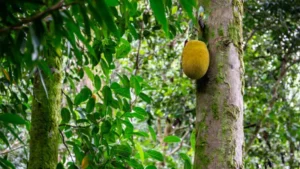
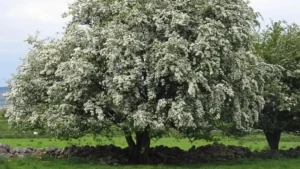
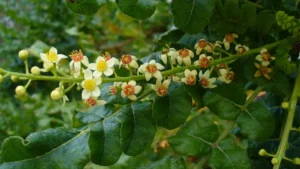
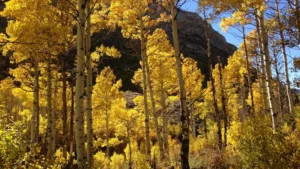


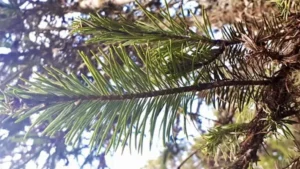

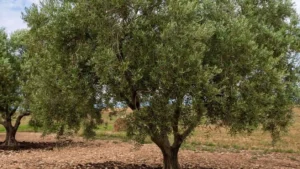
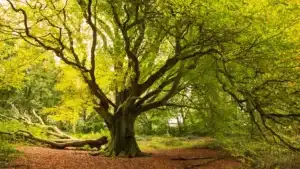
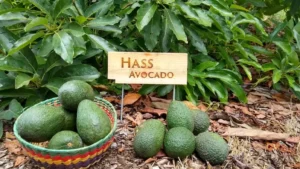
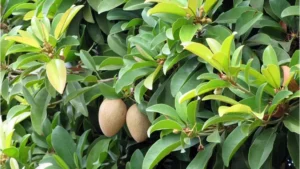
Leave your comment